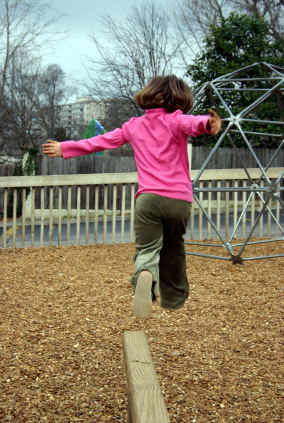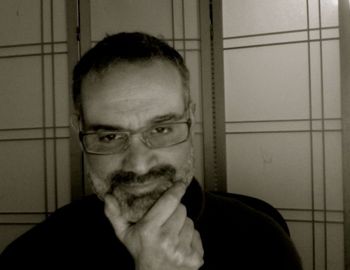 In any given moment our attention can be in any one of ten places. Nine of them of can be visualized on a grid, like a tic-tac-toe board. There are three locations attention can be — future, past, and present (but here it is commentary about the present; that is, opinions, about what is happening now). And then there are three flavors for each of the locations — pleasant, unpleasant, and neutral.
In any given moment our attention can be in any one of ten places. Nine of them of can be visualized on a grid, like a tic-tac-toe board. There are three locations attention can be — future, past, and present (but here it is commentary about the present; that is, opinions, about what is happening now). And then there are three flavors for each of the locations — pleasant, unpleasant, and neutral.
- What is happening now
- What we see
- What we hear
- What we feel in the body
- What we smell
- What we taste
That’s about it for the present moment. Anything else moves us into the nine places described above. Perhaps this visual map is helpful for guiding your efforts at being mindful. When you notice yourself out of the present, you can stick a little label on what you notice “future-unpleasant” and then return your attention to one of the six features of now (what’s happening, sight, sound, touch, smell, taste).

